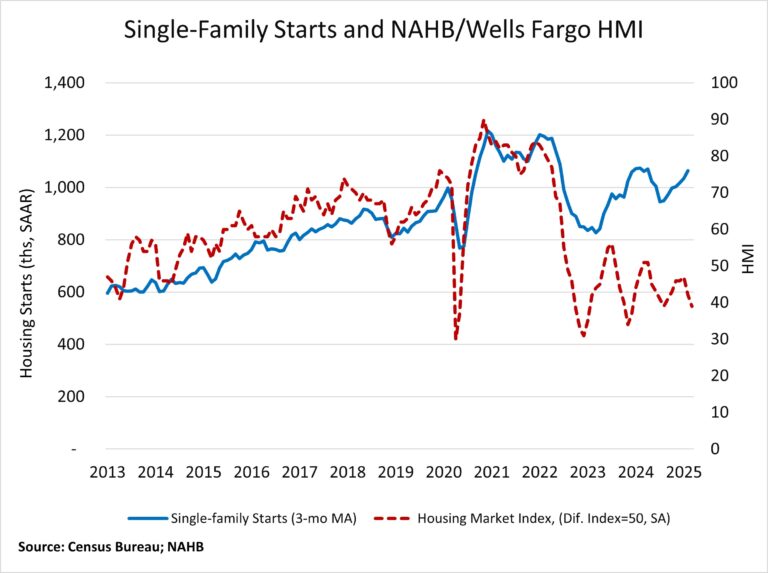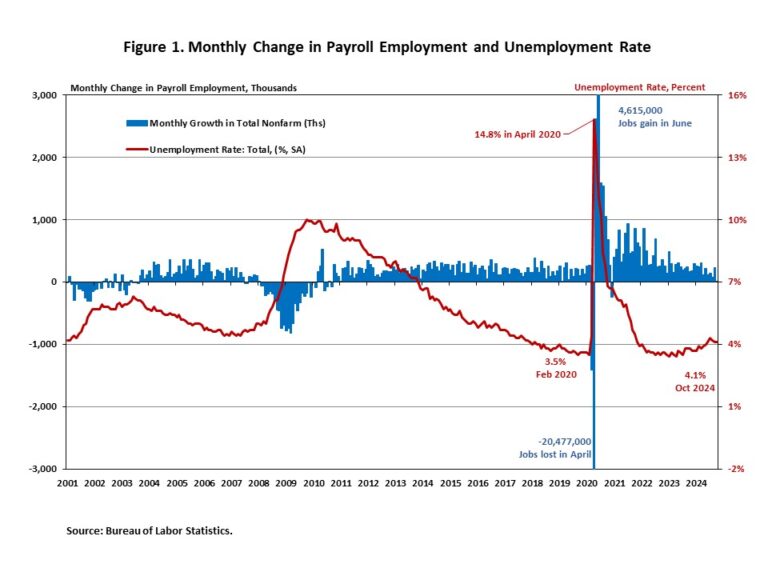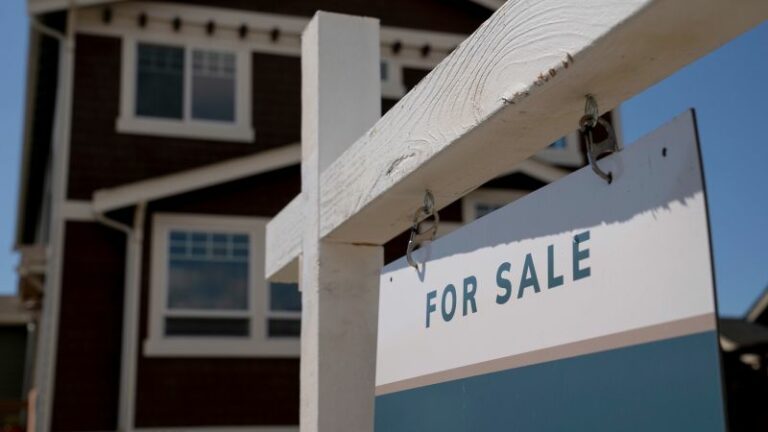CNN
—
Realtors across the US are bracing for a seismic shift in the way they do business. Starting August 17, new rules will roll out that overhaul the way Realtors get paid to help people buy and sell their homes.
The changes, which are part of a $418 million settlement announced in March by the powerful trade group the National Association of Realtors, eliminate informal rules that propped up the industry’s traditional payment structure, where home sellers were typically on the hook to pay a 5% or 6% commission, usually split between their agent and the agent representing their home seller.
In the months since the settlement was announced, Realtors across the country have been preparing for the change, attending trainings and poring over the details of new contracts they must sign with prospective homebuyers. Some agents predict the rules will pave the way for new business models and potentially drive many full-service Realtors to leave the industry, while others are more sanguine about the impending changes.
“This is a grand social experiment in an industry at scale,” Leo Pareja, CEO of eXp Realty, one of the largest real estate brokerages in the US, said. “I’m bracing my agents for what I call the ‘messy middle.’ I fully expect a lot of confusion.”
In a statement, NAR’s president, Kevin Sears, said he was confident NAR members would adapt to the changes, which industry analysts have called the biggest change in America’s real estate market in a century.
“These changes help to further empower consumers with clarity and choice when buying and selling a home,” Sears said. As August 17 nears, “I am confident in our members’ abilities to prepare for and embrace this evolution of our industry and help to guide consumers in the new landscape.”
Historically, a seller’s agent charged homesellers a fee, often 5% or 6% of a home’s purchase price, that was intended to be shared with the buyer’s agent. That meant that homesellers could be on the hook for serious cash: A seller of a $1 million home might pay out $60,000 in commissions. Some experts have said that money was baked into homes’ listing prices, inflating the price of homes for sale.
A series of lawsuits alleged this standard practice violated antitrust laws, though the NAR has long argued that the commissions were always negotiable.
Along with a monetary payout, the NAR agreed to two key rule changes as part of an agreement to settle the lawsuits. Both take effect on August 17 and are designed — in theory — to shake loose the standard way of paying out commissions.
A judge granted preliminary approval of the NAR’s settlement in April, but the final approval hearing is scheduled for November 26.
The first change prohibits agents’ compensation from being included on multiple listing services, which are centralized databases used by Realtors to share details about homes for sale. Compensation details can still be advertised elsewhere or communicated in person or over the phone, though.
The second change requires buyers’ agents to discuss their compensation upfront. Come August 17, agents working with a prospective homebuyer must now enter into a written buyer agreement before touring a property together. This agreement is designed to inform buyers that they are responsible for paying their own Realtors if a seller chooses not to cover the cost.
However, prior to the changes, Realtors in 18 states were already required to sign buyer agency agreements. Mary Schumann, a Realtor in Minnesota, said that to her, NAR’s changes seem manageable.
“I always tend to wait and see how things shake out before I panic,” Schumann said. “We already do buyers agreements here, and this doesn’t seem to be incredibly different.”
By some estimates, real estate commissions could fall between 25% to 50%, according to a March analysis by TD Cowen Insights. This could pave the way for real estate companies with alternative business models, like flat-fee and discount brokerages, to thrive.
Shelly Cofini, the chief strategy officer at Redy, said she believed the NAR settlement would benefit her company. Redy, which operates nationwide, is a marketplace that allows real estate agents to bid on home listings, meaning agents could pay homesellers for the opportunity to represent them, cutting into their own commissions.
“This is part of this notion of shifting how real estate is always done,” Cofini said. “Because agents are in control of the proposal process, they decide on the cash incentive they’ll offer and they decide on the commission structure they’re willing to offer.”
Companies are seeking to capitalize on the impending changes in other ways, too. Flyhomes operates as a traditional real estate brokerage, but earlier this summer, the company launched an AI chatbot designed to answer questions that a homebuyer might traditionally ask their Realtor.
“Consumers don’t know this is coming,” Flyhomes’ chief strategy officer, Adam Hopson, said of the NAR changes. “When they decide they want to buy a home and they find they have to sign a contract, they may say, ‘whoa, what is this?’ We think this will drive them to find information from other sources. We will be one of those sources.”
Under the old standard, buyers often got representation for free, since their agent’s commissions came from the homeseller’s pocket.
Many Realtors who spoke to CNN said they believe the new set of rules will reward more experienced Realtors and shut out younger agents, since homebuyers may be wary of signing a legally binding agreement that ties them to a more inexperienced Realtor.
At 19, Madison Mathias, a Realtor in Chapin, South Carolina, said she has had to work overtime to dispel preconceived notions about her age to prospective clients, often re-reading contracts at night to ensure she has the details memorized.
Mathias said she thinks some Realtors will leave the industry, but she doesn’t believe age will be a factor.
“I think more agents will fall off because some people don’t like change,” she said. “Being a new agent, I have had some people question me, but I’ve never had somebody not want to work with me because of my time in the business. It’s all about confidence and educating yourself.”
“I’m not really worried about it too much,” she added.





